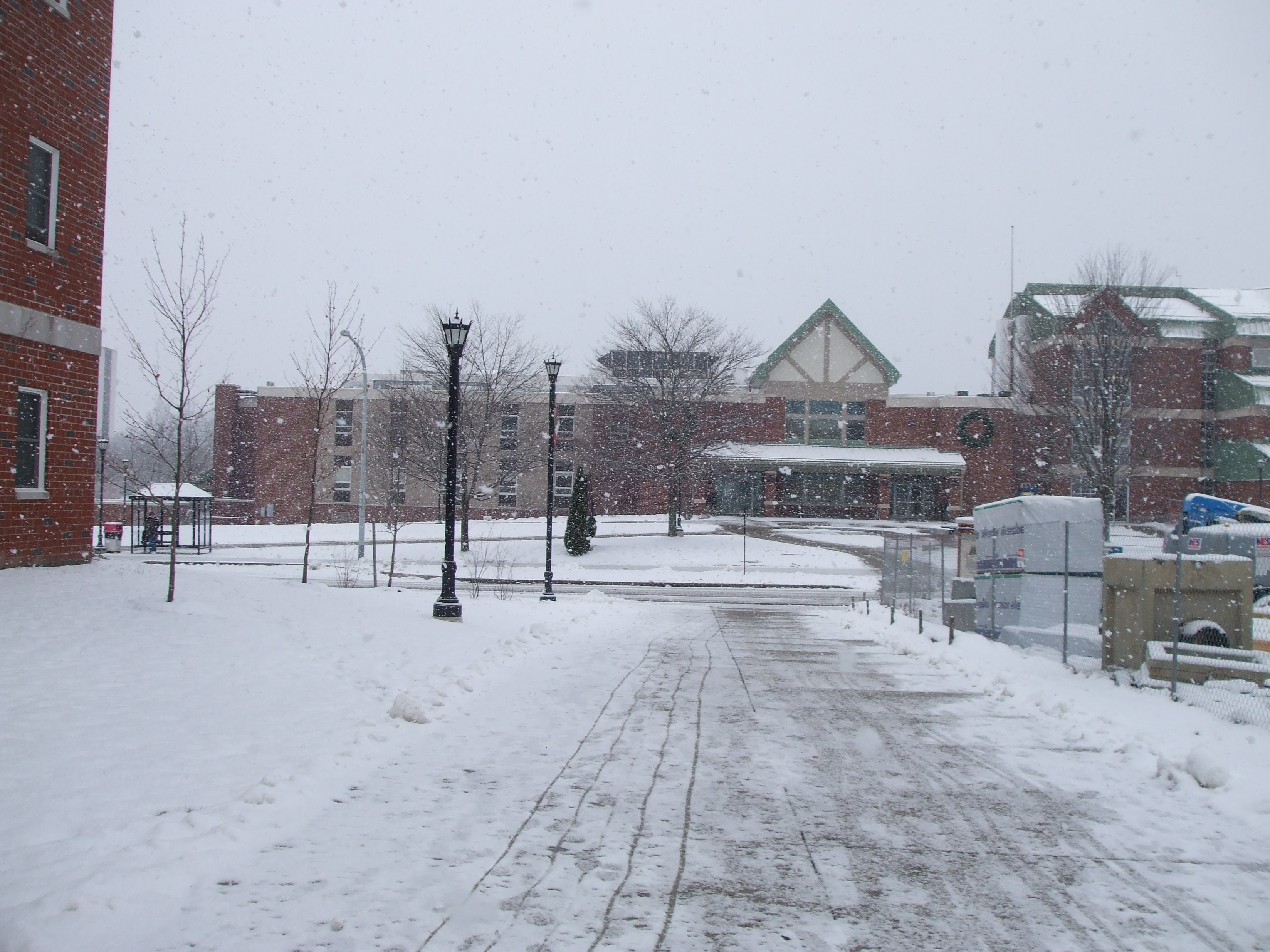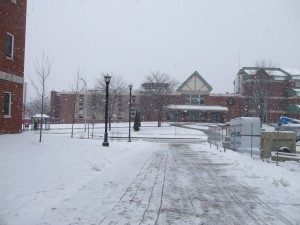Setting seven world records, eight American records, eight Olympic records, and winning eight gold medals in the Summer Olympics in Beijing in 2008 was an amazing accomplishment for 26-year-old swimmer, Michael Phelps.
The fact of the matter is that Phelps didn’t swim just the eight races while he was at the Olympics, pointed out Chris Rhodes, head swim coach at Edinboro University of Pennsylvania.
During the week or week and a half that he was there, Phelps did anywhere from 20 to 24 races.
“It’s not just a one and done type deal,” said Rhodes.
Phelps’ focus in the last Summer Olympics was to earn the eight gold medals and it was such a large feat, Rhodes isn’t sure that Phelps could duplicate it, especially since there are a lot of strong swimmers out there.
Without divulging any solid information to the media, Phelps implied that he already knows what races he will be competing in and has an idea of what he hopes to prove in the 2012 Olympic Games in London, which will take place on July 27-Aug. 12, 2012.
In an interview with Bloomsberg Magazine, Phelps said that he feels a lot more relaxed and calm than he has in past Olympics and thinks that he’ll be able to use that to his advantage in the up and coming Summer Olympics.
If anything, his goal this year would be to break the records he set in the last Summer Olympics, said Rhodes, and there is a possibility of Phelps breaking his own 50-second record in the 100-meter butterfly, but not by much.
One of the reasons is that as the body gets older, it starts to deteriorate, Rhodes said, especially for swimmers who constantly use their muscles and shoulders. With this in mind, Rhodes doesn’t believe that Phelps will be competing in as many events as we saw before.
Phelps told Bloomberg that he’s finding that as he gets older, he doesn’t recover like he used to. This time around, he said that as he focuses on perfecting the small details of his swimming, he’s found that he feels the same power, talent, and passion that he started out with at the beginning of his career.
“I think he’s really great for the sport of swimming,” Rhodes said of Phelps. “U.S. swimming is very strong in the world and we pretty much dominated for a long period of time. What [Phelps] has done is brought some significance to the sport.”
What it all really comes down to are those hundredths of seconds. According to the USA Swimming website, “It is a sport of finger-tip touches. It is a sport where thousands of meters can come down to thousandths of seconds.”
It can go the other way too. It’s not just about the seconds, the meters, or the strength of each individual swimmer.
“In the sport of swimming,” Rhodes said, “it’s not about every single meet. It’s about [working toward] the focus meet.”
In this instance, the Olympics would be that focus meet, said Rhodes. But first, athletes need to go through the Olympic Trials, taking place June 25-July 2, in order to make it onto the American team for the actual Olympics.
Once the top two are chosen for each event and the Olympic American team is formed, then the athletes will start training for their “focus meet.”
The swimmers will “bring up their yardage, do a lot of endurance training, and do a lot of long course training,” Rhodes explained. “Once you get closer to the meet, the yardage will be cut back and the intensity will be cut back as well, but they’ll still have a lot of technique to work on.”
The different races that Phelps has competed in that past are the 100 meter butterfly, which is just down and back the length of a 50 meter pool, the 200 meter butterfly, the 4×100 meter relay, and the 400 meter individual medley (IM), which consists of four different strokes – butterfly, backstroke, breaststroke, and freestyle, Rhodes explained.
But according to an interview with Reuters, Phelps has opted out of racing in the 400 IM and said the toughest race in the upcoming Summer Olympics could be the 4×100 meter freestyle relay. The toughest race, Phelps said in an interview with Reuters, is the 4×100 relay. All the team can do is put up their best swimmers and hope for the best, Phelps said.
With his six-foot frame and 80-inch wingspan, Phelps may appear to be superhuman. But in today’s day and age, said Rhodes, the fact that he was caught doing drugs in 2009 makes him seem more human to his fans.
“Not that I condone anything that he did,” Rhodes pointed out, “but it kind of puts his achievements into perspective. Obviously the guy is very talented and his genetic makeup allows him to do certain things than the average human, but it just shows that when you work hard, you can accomplish some great things.”
Phelps earned himself a spot in the history books for topping Mark Spitz’s 1972 record of seven gold medals.
“I don’t think there is anyone out there that can top Phelp’s record of most medals, to be honest,” Rhodes said. “There’s a lot of young talent that can challenge him in each one of his events, but to say that someone can do what he did again, I guess we’ll just have to wait and see when the next ‘Michael Phelps’ comes around.”
–Anna Tielmann


